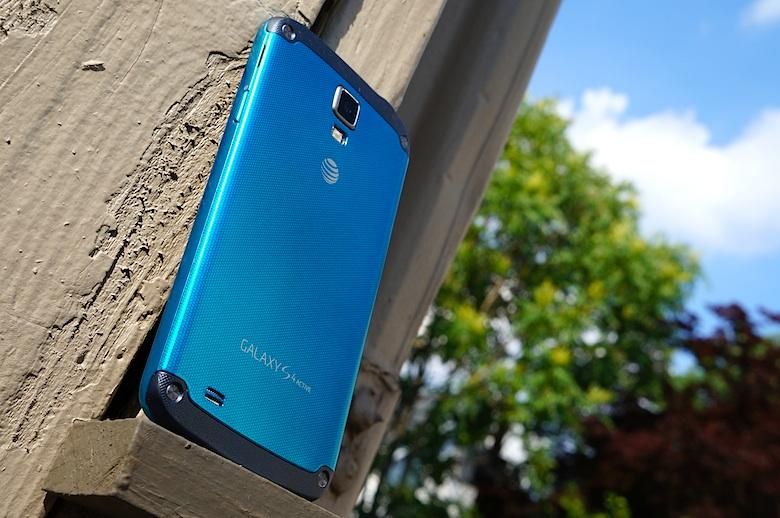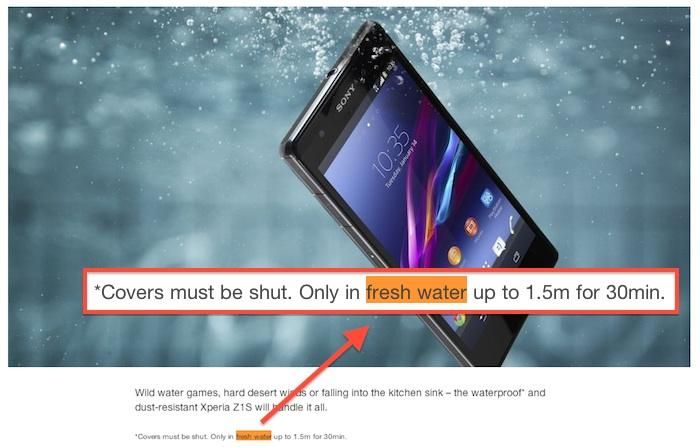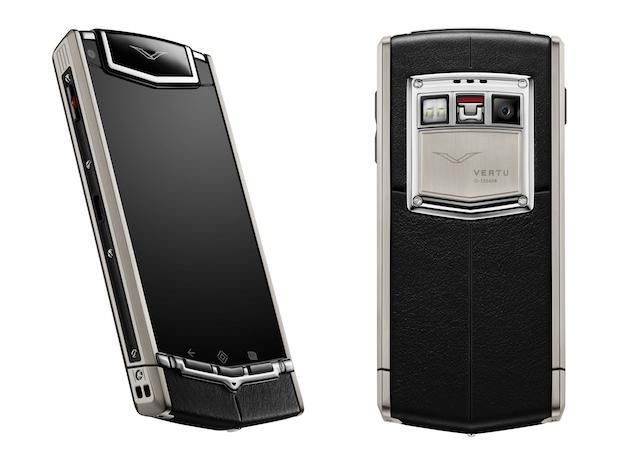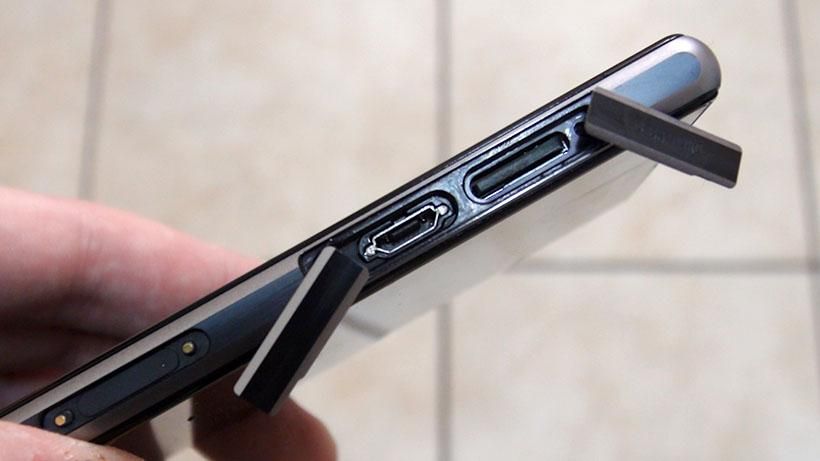Confession time: I’ve destroyed a review unit or two in my day.
I lost a brand-new LG flagship in the back of a cab once. During a durability test late last year, I did enough damage to an LG G Flex that we ended up having to buy the thing from Negri Electronics. And just a couple weeks back, you all saw me accidentally drown an Xperia Z1S at the tail end of a feature video.
But while most of the incidents above were excusable (the Z1S wasn’t my fault, and we were expecting to eat the cost of the G Flex anyway), my time spent with Samsung’s Galaxy S 4 Active was a different story. Because while the near-death experience I put it through was fairly predictable in retrospect, it was entirely unexpected at the time.
Picture this: it’s a pleasantly hot New England summer (you’re welcome for the mental respite from our current winter hellhole, Bostonians). Yours truly has just taken delivery on a Galaxy S 4 Active review unit, and he’s decided to leverage its water-resistant capabilities to have some fun taking photos at the beach. Not the leech-strewn lake beaches favored by mountain men, nor the painted cement “sands” of the local public swimming pool, mind you: an honest-to-God Massachusetts beach. On the ocean. The Atlantic Ocean.
You can see where this is going.
If you’re not nautically inclined, here’s the skinny on why the distinction between “lake/pool” and “Atlantic freakin’ Ocean” matters: salt. While the concentration of sodium chloride in the world’s oceans is apparently less than three percent, it’s enough to change its flavor profile from “refreshing” to “poison” – for humans and electronics alike. So while I was able to capture some fun shots during my time at the beach with the S 4 Active …
Photoshop credit:
… I also succeeded in temporarily bricking the little blue wonder when the Atlantic Ocean penetrated the phone’s free-flood area (as designed) and the highly conductive seawater completed a few circuits in and around the area of the headphone jack (not as designed).
Fortunately for my already-dinged-up demo-device reputation, the Active was fine after I put it through a freshwater bath, and I ended up dubbing it the smartphone I’d buy if I were in the market for a Galaxy S device:
But putting the phone through that distilled-water recovery process reminded me of all the times I’d done the exact same thing a decade before, as a cell phone salesman on an island full of phone-toting boaters with butterfingers. And it got me to thinking: it’s 2014. We’ve got plenty of mobile phones, smart and dumb alike, that claim to be waterproof or water-resistant. But those claims come with a huge asterisk: only if said water is fresh.
The fine print: ruining your fun since 1048 A.D.
Bearing that in mind, take a gander at this handy Connexions graphic showing the ratio of fresh water to salt water on our planet:
It’s that left-most bar you’ll want to look closely at.
Look, I get it: this isn’t an easy thing. For those who don’t live in coastal regions, swimming pools and freshwater lakes and rivers provide the primary venues for summertime fun – and aquatic smartphone mishaps. It absolutely makes sense to cater to this market by creating devices that can withstand fresh water exposure. And the challenges facing those who would combat the salt water dilemma aren’t imaginary. In contrast to fresh water, seawater is electrically conductive and hugely corrosive. This excerpt from a Popular Science article on hurricane damage speaks to salt’s effects on city infrastructure, but it’s easy to see why a smartphone’s internals would suffer similarly:
Salt has chemical properties that make it react with, and alter the composition of, iron, steel, zinc, concrete, wire insulation, and more–nearly all the building blocks of the manmade environment. It not only corrodes wires that can transmit electricity, it also conducts a charge itself, which means that it can both wear away our safety insulations, causing outages, and increase the chance of an accidental shock. When coated with salt, metal can transfer a jolt, too.
Now imagine that stuff, all up inside here.
My objection lies in stopping our progress there. In saying “this is too hard, so we’re not going further.” At one time, water-resistant phones were a pretty improbable development to begin with – as were smartphones in general. There’s no reason, with 40% of this country’s population living on the shoreline, that manufacturers can’t find a way to make a smartphone with the svelte dimensions of Sony’s Xperia line that also happens to be ocean-proof.
While everyone hates the port covers on that particular line, they may hold the key to achieving salt-water invulnerability. That’s because they rely on the old-school method of preventing water damage: keeping fluids outside of the smartphone body entirely. It may not have the futuristic pizazz of molecule-thin nanocoatings that allow a phone to free flood with no ill effects, but it gets the job done in the simplest manner possible. The only catch is that everyone hates dealing with the gasket-packing hatches that approach requires.
“GROSS.” -the world
Even if we had to learn to live with port covers, though, I contend that the inconvenience would be worth it. At least to those of us who can’t resist the siren song of the sea. Especially if it meant avoiding the added cost and hassle of a phone case.
•
Wondering what all the fuss is about when it comes to waterproof smartphones? Find out how much we missed our Galaxy S 4 Active once we sent it back, and then check out our examination of the world’s best underwater smartphone camera in our Xperia Z1S camera test!







